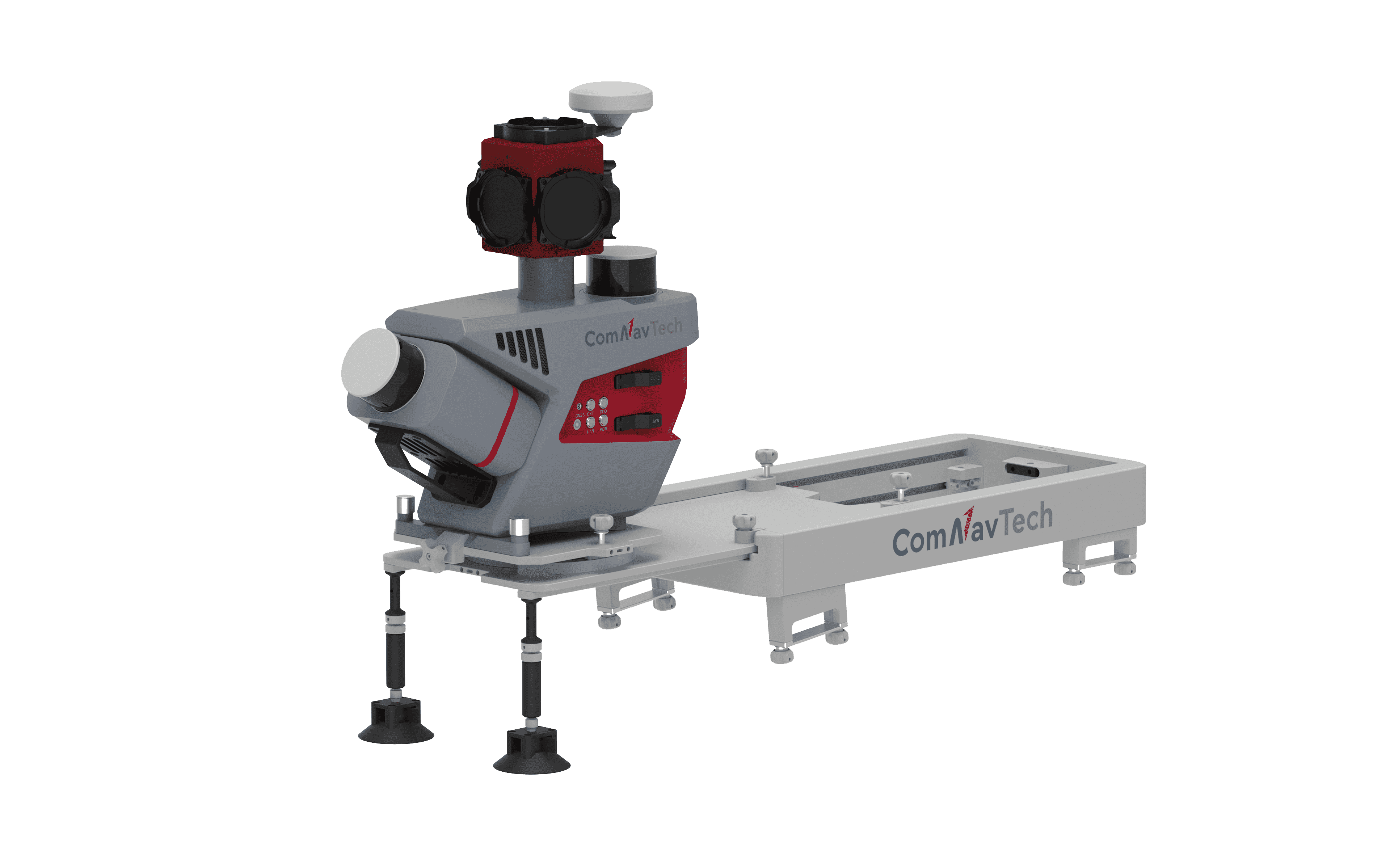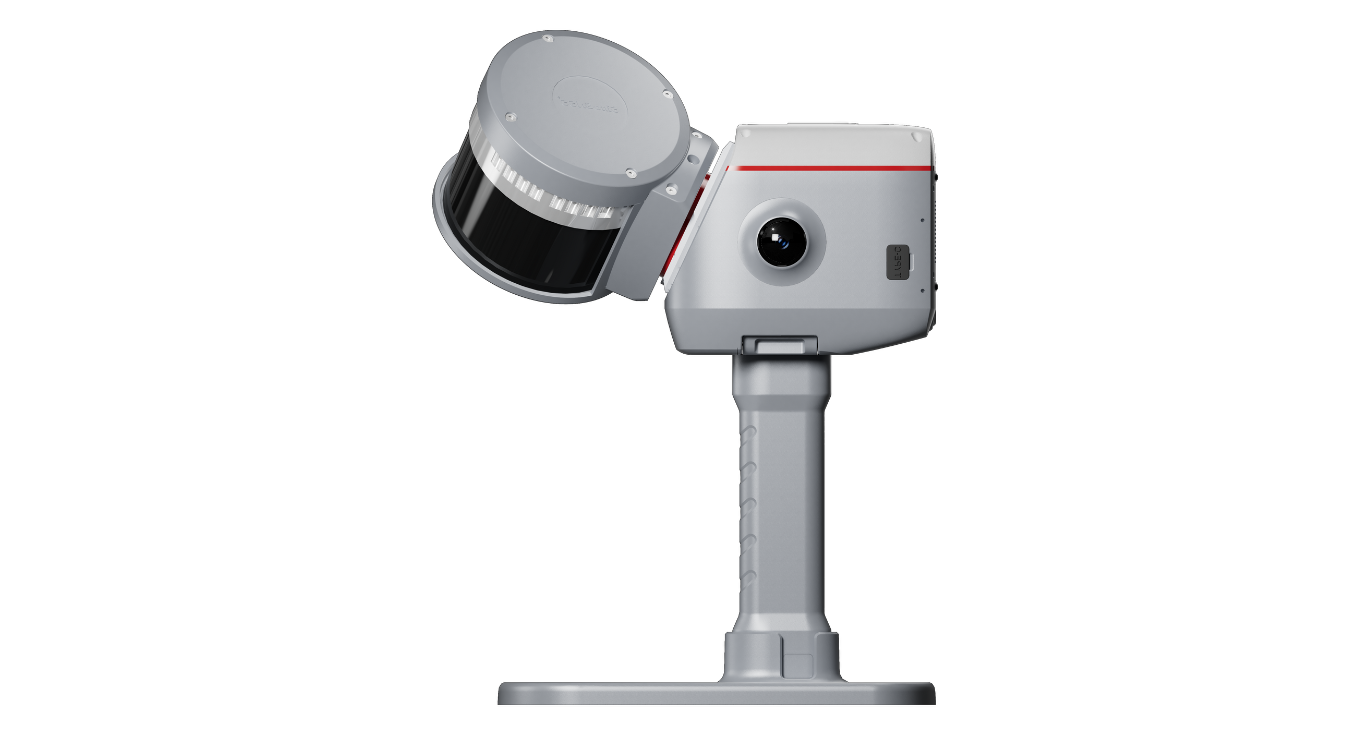Static observation (1)
1 What is static observation?
Static observation is a commonly used method in geographical surveying and navigation for accurately measuring the coordinates of points. In static observation, a receiver remains stationary at the observation point and collects satellite signal data over a period of time. These satellite signals contain navigation information transmitted by satellites, and by analyzing these signals, the coordinates of the receiver's location can be calculated. Static observation typically requires a longer observation time to enhance measurement accuracy.
The advantage of static observation is its ability to achieve relatively high precision, but the trade-off is the longer observation time required and the need to ensure the stability of the receiver's position during the observation period.
2 How to choose an observation site?
Sites for static should be chosen for their suitability for observations. A good site should have the following characteristics:

A network consists of a set of baselines between network points. The design of the network will affect the results that are obtained from the survey. The following principles are recommended for good network design:
➣ One receiver, the base receiver, is set up over a known point. The other receiver, the rover receiver, is set up over a point whose coordinates are unknown. They collect simultaneous observations at both the base and rover receivers for a certain period of time.

➣ Two receiver, the base receiver, is set up over a known point. The other receiver, the rover receiver, is set up over a point whose coordinates are unknown. When first unknown point is finish, not remove the base receiver and move the rover receiver to other unknown point.

➣ One receiver, the base receiver, is set up over a known point. It keeps continuous observation. The other receiver, the rover receiver, is set up over a point whose coordinates are unknown. They collect the observations in unknown point one by one around the base. In this way, it is more efficient, however the network geometry and reliability is poor and precision is not high.

Baseline Distance (km) | Approximate Time | Elevation Mask Angle (degree) | Sample Interval (s) |
|---|---|---|---|
> 50 | ≥ 4 h | 15 | 10-30 |
> 30 | ≥ 2-3h | 15 | 5-15 |
> 15 | ≥ 1-2 h | 15 | 5-15 |
> 5 | ≥ 30 min | 15 | 1-30 |
Station Marker | K001 |
Antenna height (slant or bottom) | 1.372m |
Receiver SN | T31U03356 |
Start time to End time | 8:30-9:20 |
Above are the steps of how to do static observation. In the next blog, we will introduce the methods of SinoGNSS K8 receivers to manage static parameters.
About ComNav Technology
ComNav Technology develops and manufactures GNSS OEM boards and receivers for high precision positioning demanded applications. Its technology already been used in a wide range of applications such as surveying, construction, machine control, agriculture, intelligent transportation, precise timing, deformation monitoring, unmanned system. With a team dedicated for the GNSS technology, ComNav Technology is trying its best to supply reliable and competitive products to worldwide customers. ComNav Technology has been listed on the Shanghai Stock Exchange (Science and Technology Board), securities :ComNav Technology (Compass Navigation), Stock code: 688592.
About SinoGNSS®
SinoGNSS® is the official trademark of ComNav Technology Ltd., registered in People's Republic of China, EU, USA and Canada. All other trademarks are the property of their respective owners.
About ComNav Technology
ComNav Technology develops and manufactures GNSS OEM boards and receivers for high precision positioning demanded applications. Its technology already been used in a wide range of applications such as surveying, construction, machine control, agriculture, intelligent transportation, precise timing, deformation monitoring, unmanned system. With a team dedicated for the GNSS technology, ComNav Technology is trying its best to supply reliable and competitive products to worldwide customers. ComNav Technology has been listed on the Shanghai Stock Exchange (Science and Technology Board), securities :ComNav Technology (Compass Navigation), Stock code: 688592.
About SinoGNSS®
SinoGNSS® is the official trademark of ComNav Technology Ltd., registered in People's Republic of China, EU, USA and Canada. All other trademarks are the property of their respective owners.
About ComNavTech®
ComNavTech® is the official trademark of ComNav Technology Ltd., registered in People's Republic of China, EU, USA and Canada. All other trademarks are the property of their respective owners.






